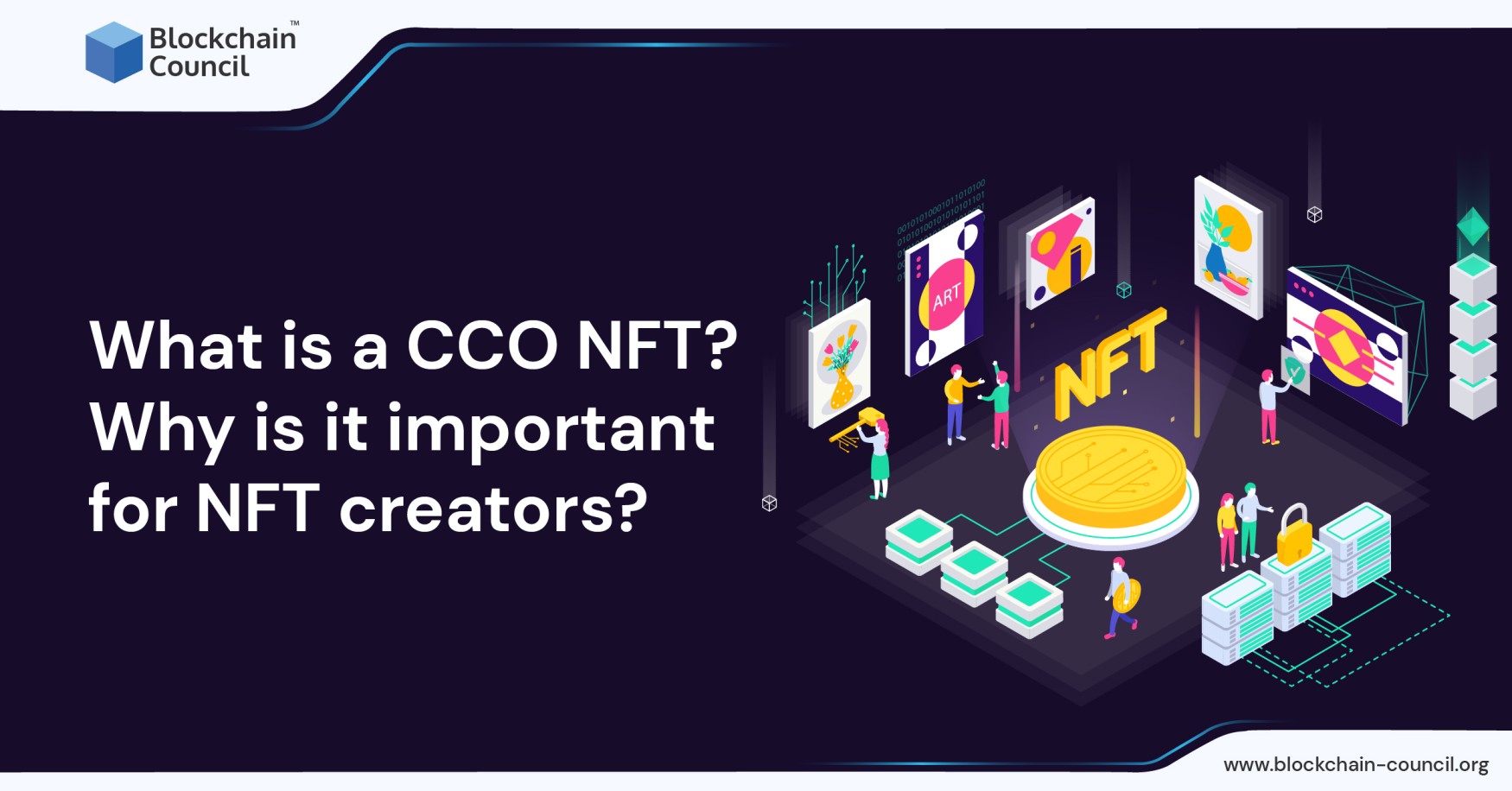
- Toshendra Kumar Sharma
- December 19, 2022
Non-fungible tokens (NFT) have gained enormous traction over the past two years, with prestigious projects like Bored Ape Yacht Club (BAYC) and CryptoPunks selling for anywhere from a few thousand to over a million dollars. Even top-name celebrities have given their support to some NFT initiatives, such as World of Women, which in February signed an exclusive cooperation agreement with Reese Witherspoon’s production firm Hello Sunshine.
Many holders are optimistic about the potential long-term worth of NFTs due to intellectual property rights along with a copyright designation known as CC0, despite some in the crypto community having doubts about the potential relevance of profile picture (PFP)-focused NFTs.
A CC0 NFT (creative commons – no rights reservations) is a type of copyright that allows the originator to permit other people to own their NFTs. CC0 allows unlimited commercial uses of the NFT by anyone without requiring them to attribute the original author, team, or creator.
You could think of CC0 NFTs as open-source IPs. However, it has a unique set of advantages and disadvantages. Let’s understand the concept in more detail before delving into the specifics.
Become a certified NFT developer. Check out Blockchain Council’s advanced NFT development certification and enroll today!
CC0 NFTs – Explained
Some fans of NFT think that NFT artwork shouldn’t be the property of any particular individual or business. The “no rights reserved” copyright classification, sometimes called CC0, is a developing trend in the NFT community. The Creative Commons CC0 license is the most lenient. A creator can freely distribute content under CC0 for any reason, even for profit.
Anybody may use the work without permission by any means they choose, including for public exhibition, performance, reproduction, publication, and modification. A public domain classification, which typically covers historical artwork and pieces created by deceased artists, is comparable to a CC0 classification.
Creators of digital content, such as code, writing, music, photographs, and videos, can waive all copyright and associated rights on their original creations by designating their work as CC0. The work is not granted to one person exclusively, and no restrictions are placed on how it may be used or shared by others under CC0.
Some claim that because there is no restriction on how many times a person’s NFT can be duplicated, CC0 designations provide projects with more value. Through spinoff initiatives and derivative artwork, Nouns, an experimental Ethereum-based CC0 project, has created millions in trade activity. The project’s primary underlying assumption is that the value of the original NFT will increase directly to how widely disseminated its derivative art is.
Read More- How To Mint An NFT: A Guide To Create Your Digital Artwork
Examples of CC0 NFTs
Let’s have a look at a few reliable CC0 NFT samples currently popular on the market. CrypToadz and Blitmaps are two well-known collections of CC0 NFTs.
- Collectible NFT toads come in the CrypToadz line. Gremplin is the artist who produced all 6,969 of the collectibles. The CC0 status of CrypToadz is quite intriguing, and it was made public domain. More of an open garden strategy is being used. By extension, everyone is free to do whatever they want.
- Blitmap is also an on-chain world for art galleries. Since it was created by the community, using the CC0 licensing model was a no-brainer. Additionally, holders get exclusive benefits, such as expansion packs that help shape the expanding Blitmap universe.
Get to know more about exciting NFT projects and possibilities through our NFT expert program. Enroll today!
Everyone has experienced irritation over copyright concerns. Some would contend that the issue is too complex to be resolved. Copyright difficulties can be resolved using this type of licensing. The finest feature is that authors can authorize others to utilize their creations in various ways. It may be used for both personal and professional purposes.
CC0 NFTs’ ability to foster community growth is another factor in why they are so crucial. With the combined efforts of everyone participating, new intellectual property can be created, and each participant in the community adds value to it. This should not be handled lightly, and many NFT communities typically support it.
The NFT community has become very self-restrictive out of concern over violating someone’s copyright. Simply put, a lot of artists stay away from making anything that may be considered copyrighted. Consequently, several “safe” and generic NFTs are alright but don’t truly push the edge. Artists may feel more at ease creating whatever they want with CC0 NFTs because they won’t have to be concerned about copyright violations. Additionally, it might make it easier for new musicians to get into the industry without worrying about high legal costs.
Read More- Everything You Need To Know About Memeland’s Potatoz NFT
Advantages of CC0 NFTs
Some natural pros appear when you have an NFT or CC0 NFTs. Most of it has to do with copyright and how valuable it is. Additionally, the related industries are quite enthusiastic about NFTs in a normal stance. So, what are some benefits of CC0 NFTs?
-
Copyright Issues
One of the main advantages is how simple it is to resolve copyright problems. It is extremely secure, and creators can get paid for their efforts with royalties and income. Artists are aware of the importance of their work, and so are all other people. Creators have much more freedom with CC0 NFTs while still allowing for authenticity and transparency.
-
Traceability
These parts can easily be found and tracked. Since everything remains in the public domain and on the blockchain, the evidence of who generated it is essentially incontrovertible. Additionally, you can keep track of edition sizes. Copyright problems that inevitably arise can be reduced using creative commons.
Disadvantages of CC0 NFT
Though democratic in spirit, CC0 classifications could have drawbacks as well.
- There are many fantastic derivative projects, but you might not want them all since their values might not align with your project. A situation like this might harm the image of the artist, the NFT community, and the piece of art itself if a radical group exploited an artist’s CC0 image to promote violence and the image went viral.
- Secondly, they do not cover moral rights or the rights of publicity. This means you may still have some rights in a work even if you use CC0.
- Thirdly, CC0 rights may not be enforceable in some countries. This means that you may not be able to enforce your rights if someone violates your work in a country where CC0 is not enforceable.
- Last but not least, there can be validity issues. You may not be able to enforce your rights if you do not follow the terms of CC0 or if someone changes your work.
However, not everyone believes that CC0’s drawbacks make it ineffective. Since no restrictions limit the free sharing of art, doing so satisfies the genuine essence of art. Enterprises like the CC0 investment and DAO support CC0 ecosystems because they promote an open-source information-sharing culture that is fundamental to the Web3 ethos.
A16z, a renowned venture capital firm, has lately argued in favor of novel NFT IP licenses modeled after Creative Commons’ work and known as “Can’t Be Evil” licenses. These open-source contracts, designed especially for NFTs, provide a variety of commercial and private use rights between NFT creators and purchasers.
The decision of what legacy to leave and how to encourage financial gain among NFT holders ultimately rests with the NFT developers and communities.
Read More- A Beginner’s Guide To Store NFT Assets Safely
The Step Forward
Conventional copyright and license systems were developed before the world learned about blockchain and NFTs. Since there have already been commercial ventures, IP theft, fakes, and replicas have been the creators’ problems. Stealing or copying digital material was easy, but the internet made this problem more prominent.
Saving using a right-click just requires two simple steps. Before blockchain, legal protection was the only way to address the problem successfully. A creator’s potential future income streams had to be safeguarded by establishing copyright and license protection. Strict copyright and licensing protection, on the other hand, is a barrier to blockchain and NFTs’ long-term viability.
In contrast to Web2, where value is created, and revenue is captured, Web3 operates differently. The competitive advantages of middlemen and rent-seekers are typically less long-lasting and considerably more susceptible to disruption. Most projects, collections, and activities in the NFT space are still in their infancy and are based on obsolete mental models. Fast forward ten years, the current environment of “Web3” (or crypto) and many of the most successful NFT projects will appear very different. Therefore, individuals who seek to establish walled gardens or cling to obsolete, pointless copyright protection will result in lower network effects.
Conclusion
CC0 NFTs have the potential to be a powerful tool for creators and businesses. By making their content available under a CC0 license, they allow others to use, adapt, and distribute their work without obtaining permission or paying royalties. This could make it easier for businesses to create and distribute content and for creators to reach a wider audience.
As soon as CC0 NFTs were announced, worldwide NFT communities went crazy. While some people become concerned about their effects on existing communities, others consider them a terrific way to promote creativity. Still, it is important to understand the potential impacts on your business strategy and the community before deciding to pursue CC0 NFTs.
Explore more of NFT development and project possibilities through our advanced NFT learning programs and get accredited NFT certificates or choose from 40+ blockchain, Web3, and NFT certification. Visit Blockchain Council today!

































































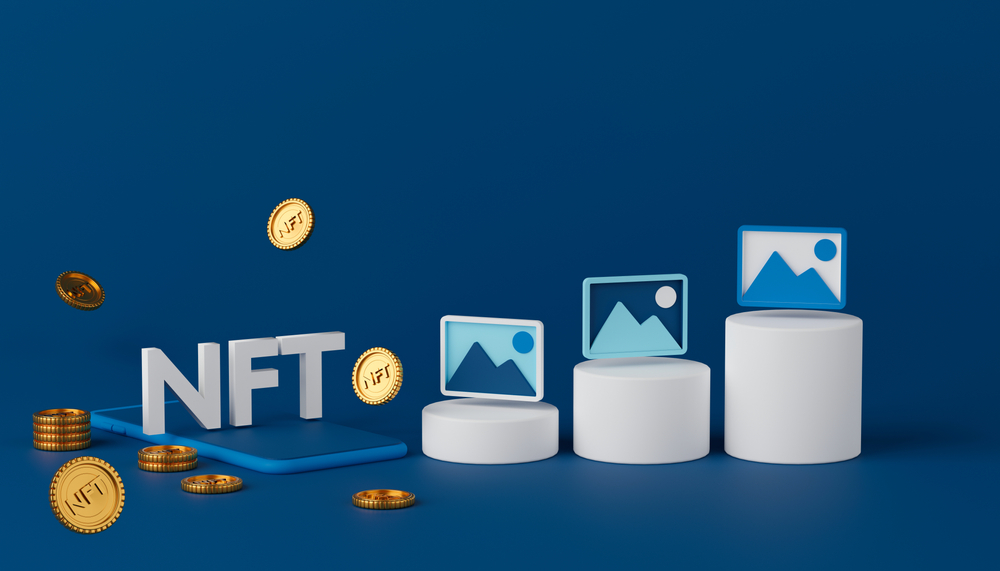
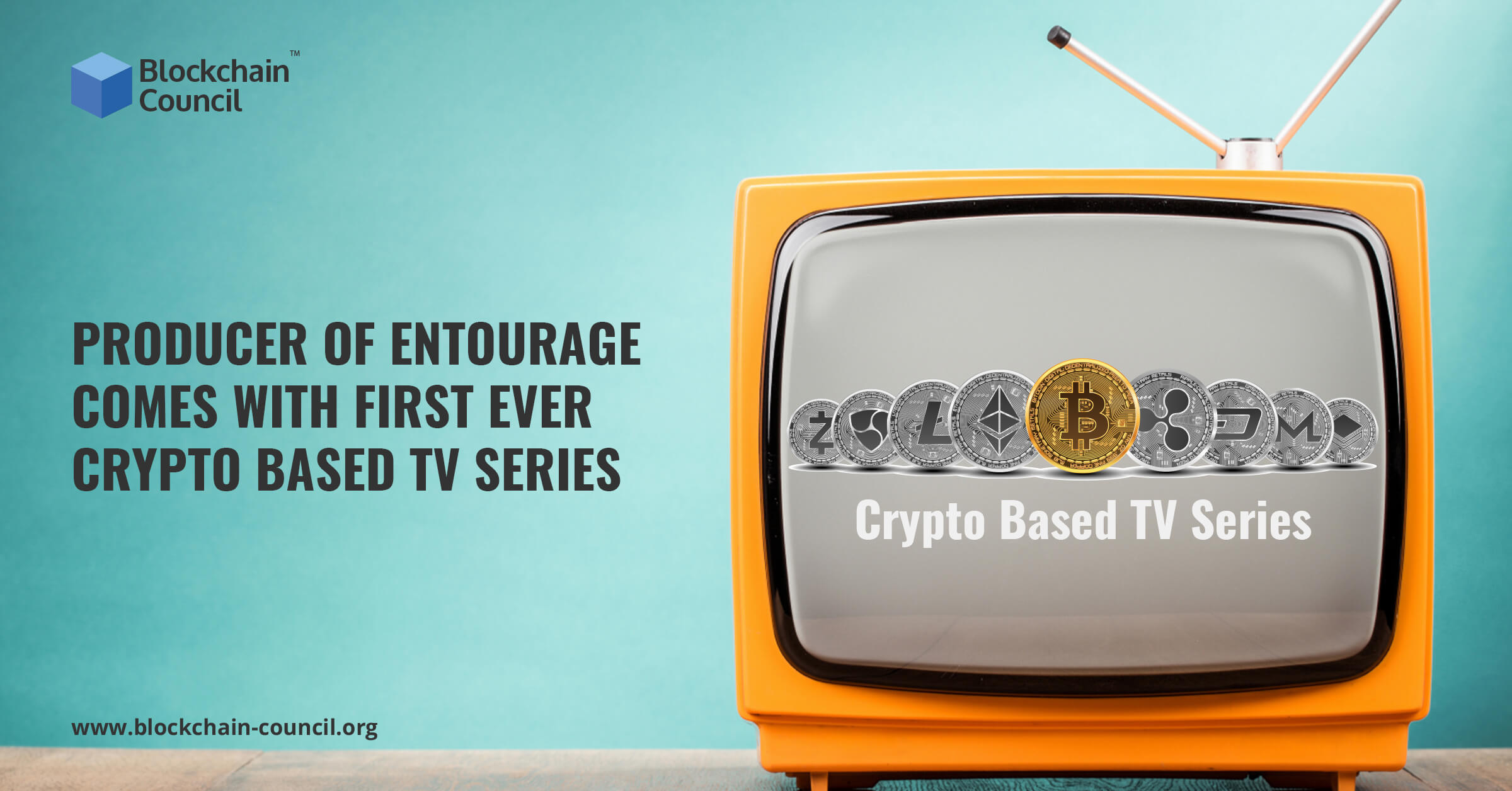
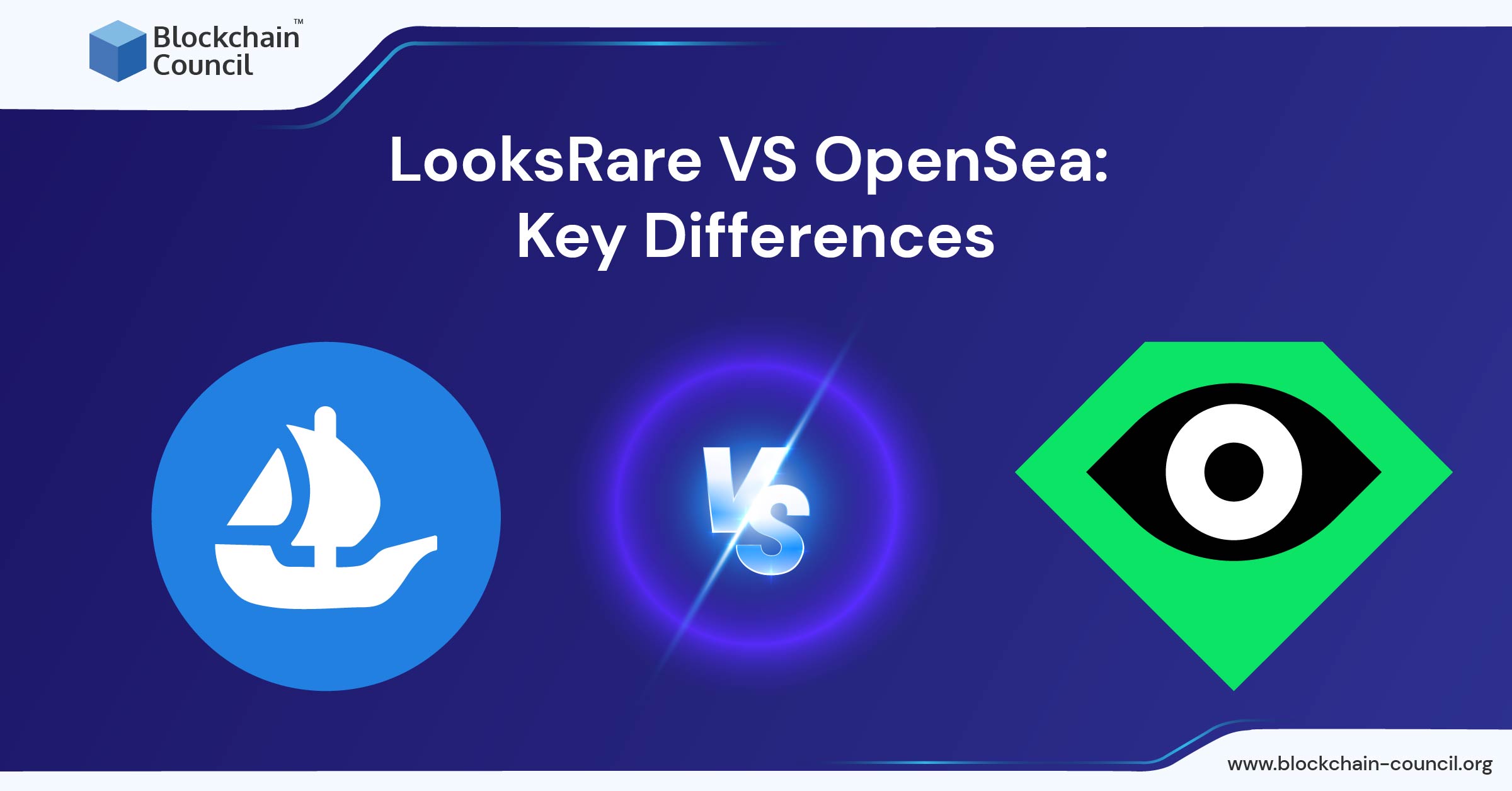
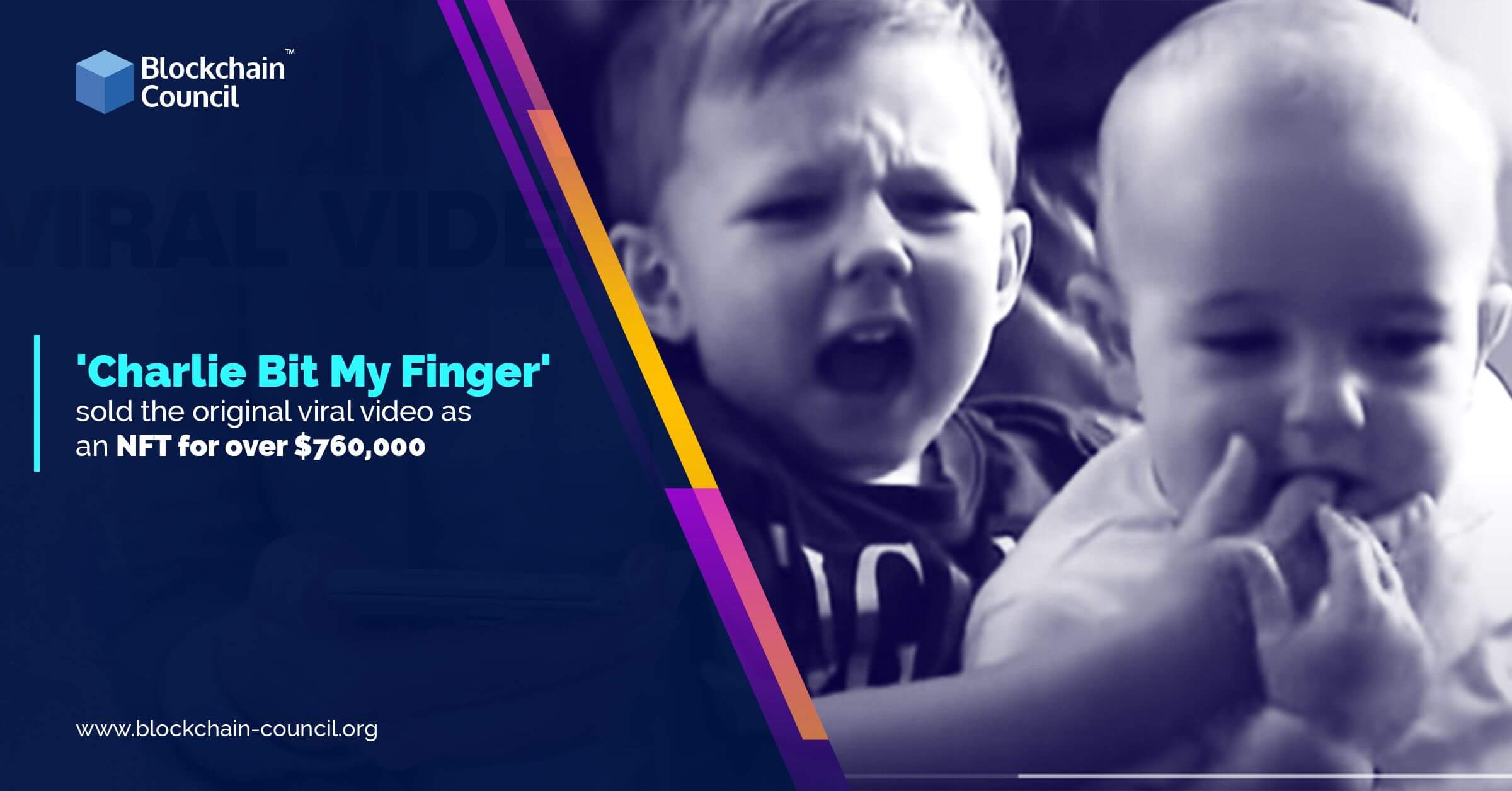
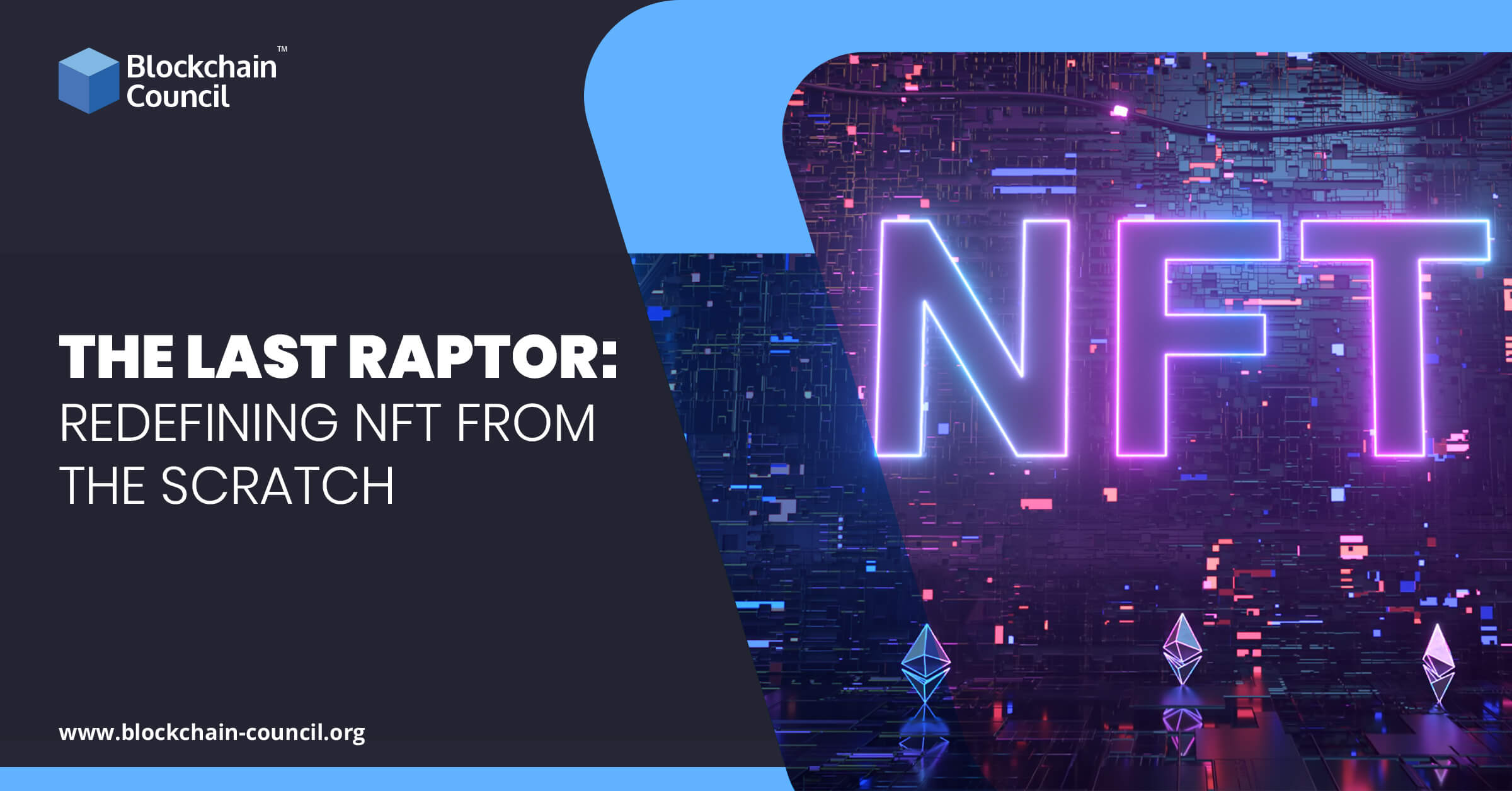
 Guides
Guides News
News Blockchain
Blockchain Cryptocurrency
& Digital Assets
Cryptocurrency
& Digital Assets Web3
Web3 Metaverse & NFTs
Metaverse & NFTs
